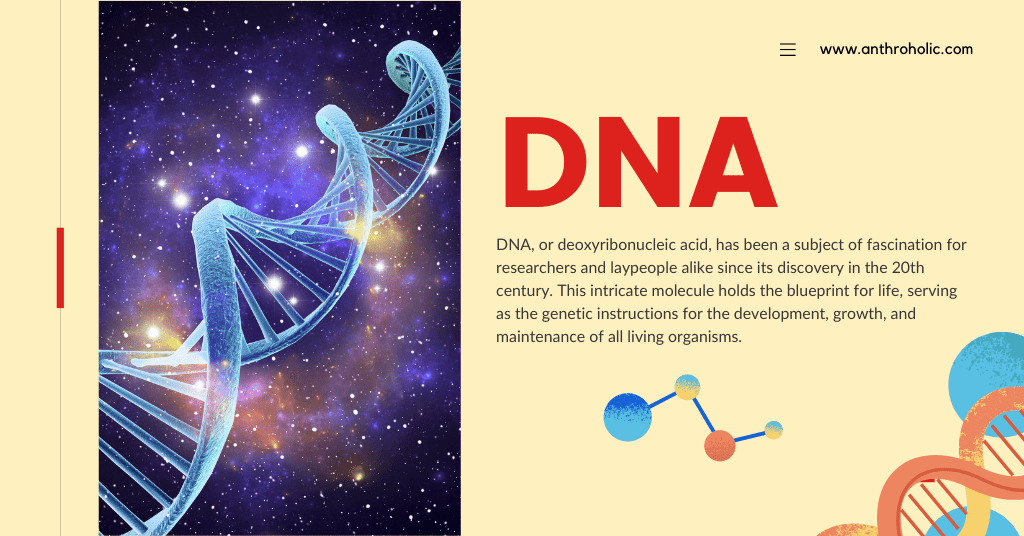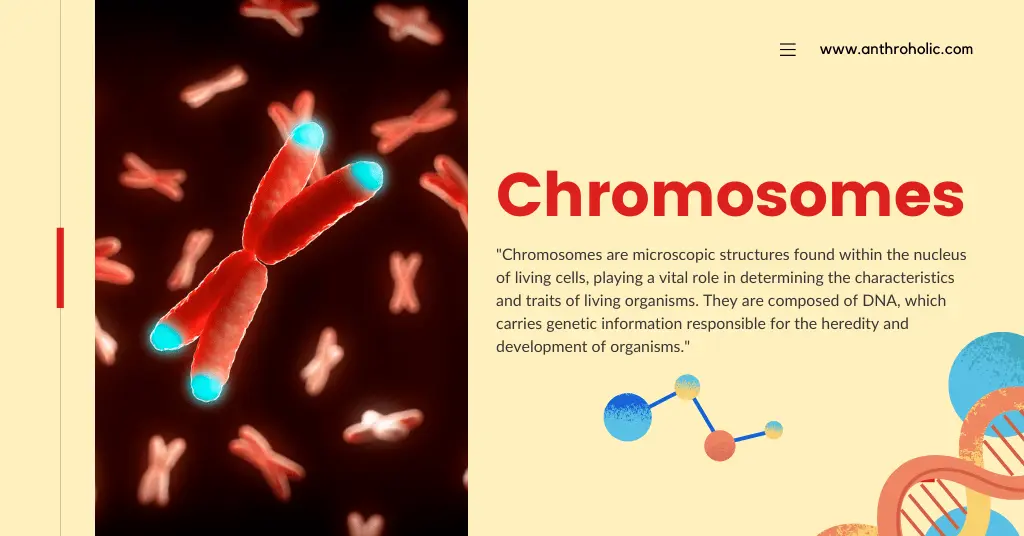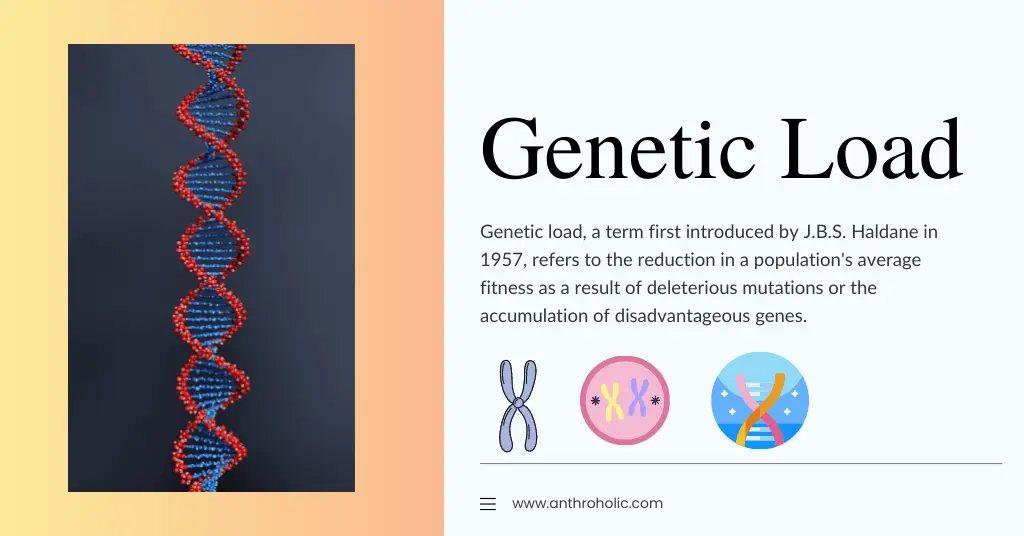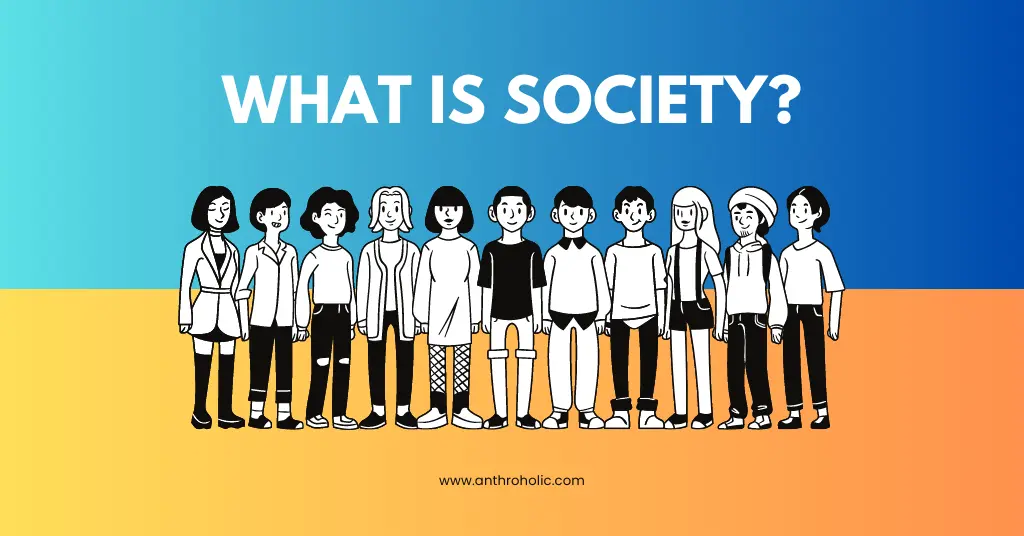AI Answer Evaluation Platform Live Now. Try Free Answer Evaluation Now

DNA
DNA, or deoxyribonucleic acid, has been a subject of fascination for researchers and laypeople alike since its discovery in the 20th century.
+91-7303290503, +91-9557169661 | MON to SUN 10:00 AM - 6:00 PM
"Exploring the Diversity of Human Culture: Insights from Anthropology"

DNA, or deoxyribonucleic acid, has been a subject of fascination for researchers and laypeople alike since its discovery in the 20th century.

RNA, or ribonucleic acid, has long been overshadowed by its more well-known counterpart, DNA. As a fundamental molecule

Chromosomes are microscopic structures found within the nucleus of living cells, playing a vital role in determining the

Genes are segments of DNA (deoxyribonucleic acid), a molecule composed of two long, intertwined chains made up of nucleotides.

The ABO blood group system, the first and most significant blood classification system known to mankind, has played a critical

Genetic load, a term first introduced by J.B.S. Haldane in 1957, refers to the reduction in a population's average

The social context of language use refers to the various factors that shape how individuals use language to communicate

The formalist and substantivist debate remains a critical point of discussion in economic anthropology, primarily concerning

Society can be defined as a group of individuals who share common customs, norms, values, and institutions, and who

Marriage, as a social institution, has evolved over time with different societies implementing various rules and customs to regulate the practice.

Convergent evolution occurs when unrelated organisms independently evolve similar features or traits as a result of adapting

Mosaic evolution refers to the process by which various traits within an organism or lineage evolve at different rates and often independently from one another.